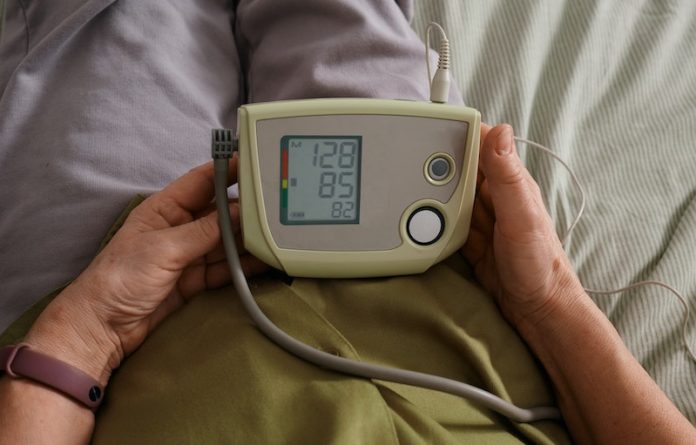
High blood pressure is a prevalent health issue that can lead to severe diseases.
For a long time, doctors have relied on two numbers when measuring blood pressure: systolic and diastolic. However, recent research suggests that we should pay more attention to one of these numbers.
The Surprising Study from NUI Galway
Researchers from NUI Galway conducted a study involving data from over 47,000 patients worldwide. Their findings were quite intriguing.
For many years, doctors believed that there was a minimum threshold for diastolic blood pressure—essentially, a level that was considered “too low.”
However, this new research challenges that belief, suggesting that there might not be a “too low” level for diastolic blood pressure after all.
Why Systolic Blood Pressure Matters More
The study indicates that the systolic number (the top number in a blood pressure reading) is the one that deserves more attention.
When doctors administer treatments to manage high blood pressure, this research suggests that they should aim to have the systolic number fall within the range of 100-130mmHg.
Fortunately, they need not be overly concerned about the diastolic number dropping too low.
Potential Changes in High Blood Pressure Treatment
This discovery could potentially change the way doctors approach the treatment of high blood pressure.
By placing greater emphasis on the systolic number, healthcare professionals might be better equipped to prevent serious complications such as heart attacks or strokes.
Maintaining Healthy Blood Pressure
Despite this new information, prevention remains the best strategy for managing high blood pressure. Here are some steps that everyone can take to keep their blood pressure in check:
Watch Your Weight: Maintaining a healthy weight is essential for heart health.
Eat Right: A diet rich in fruits, vegetables, whole grains, and lean meats is advisable.
Reduce Salt Intake: Excessive salt consumption can raise blood pressure. Limit your daily intake to no more than 2,300 milligrams.
Stay Active: Regular physical activity helps maintain healthy blood pressure levels.
Limit Alcohol: For men, moderate alcohol consumption means up to two drinks per day. For women, it’s best to limit intake to just one drink.
Quit Smoking: Smoking is detrimental to blood vessels and contributes to high blood pressure.
Manage Stress: Prolonged periods of stress can elevate blood pressure. Relaxation techniques such as meditation or yoga can be helpful.
Regular Blood Pressure Checks: High blood pressure doesn’t always present noticeable symptoms. Therefore, it’s important to have your blood pressure checked regularly.
Key Takeaways
This study has the potential to reshape how healthcare professionals approach high blood pressure. By focusing on the systolic number, they may be better equipped to mitigate the adverse effects of this condition.
Nevertheless, the best course of action is always prevention. Taking steps to maintain a healthy lifestyle and manage blood pressure is a prudent approach to safeguarding one’s long-term health.
If you care about high blood pressure, please read studies about the ideal blood pressure for older people, and widely used blood pressure drugs linked to bowel diseases.
For more information about high blood pressure, please see recent studies about high blood pressure drugs that may cause memory problem, and 12 foods that lower blood pressure.
Follow us on Twitter for more articles about this topic.
Copyright © 2023 Knowridge Science Report. All rights reserved.



